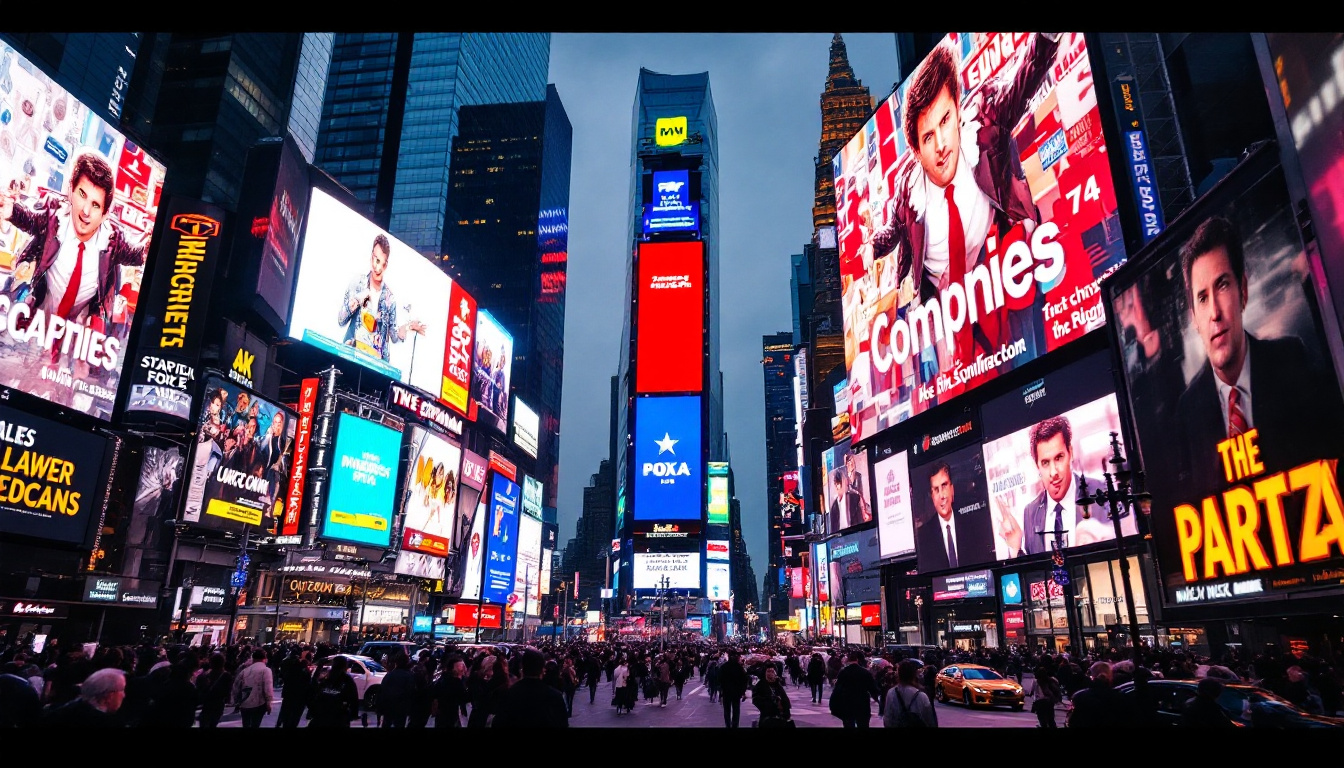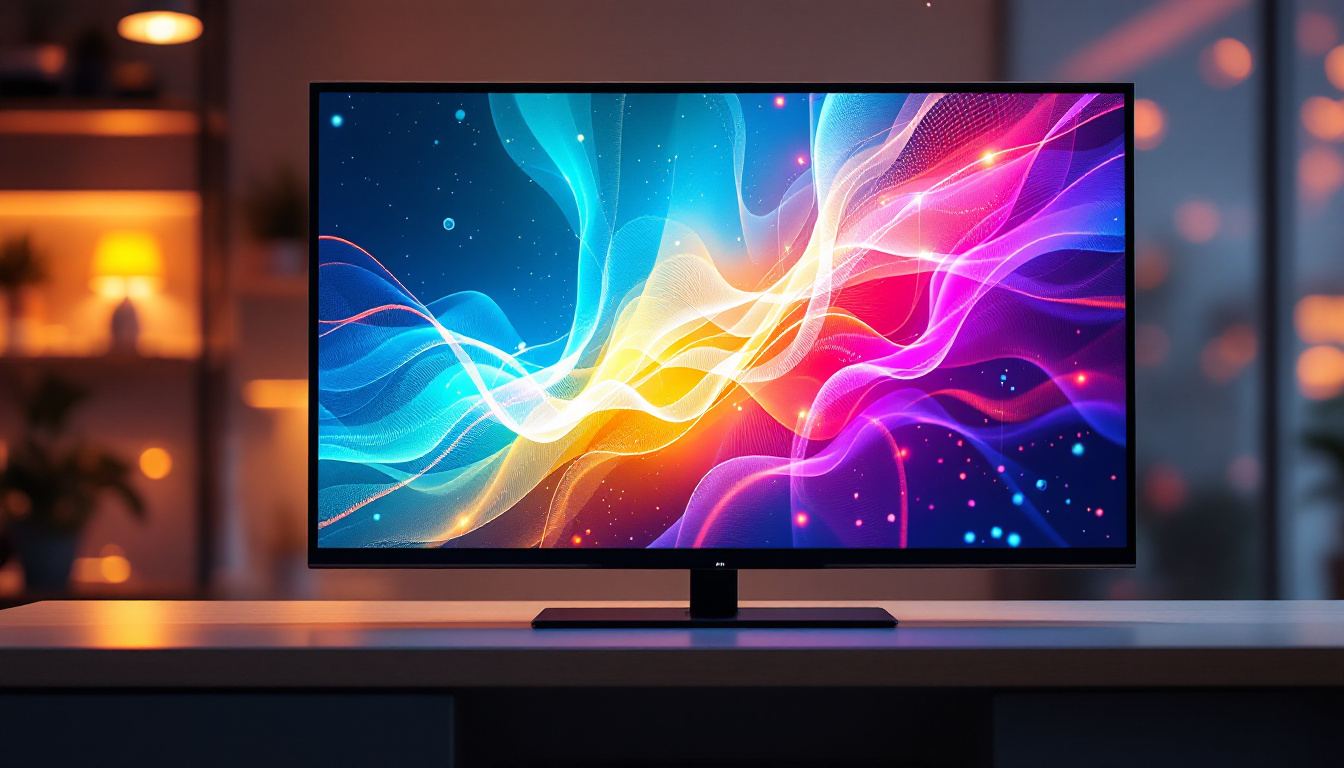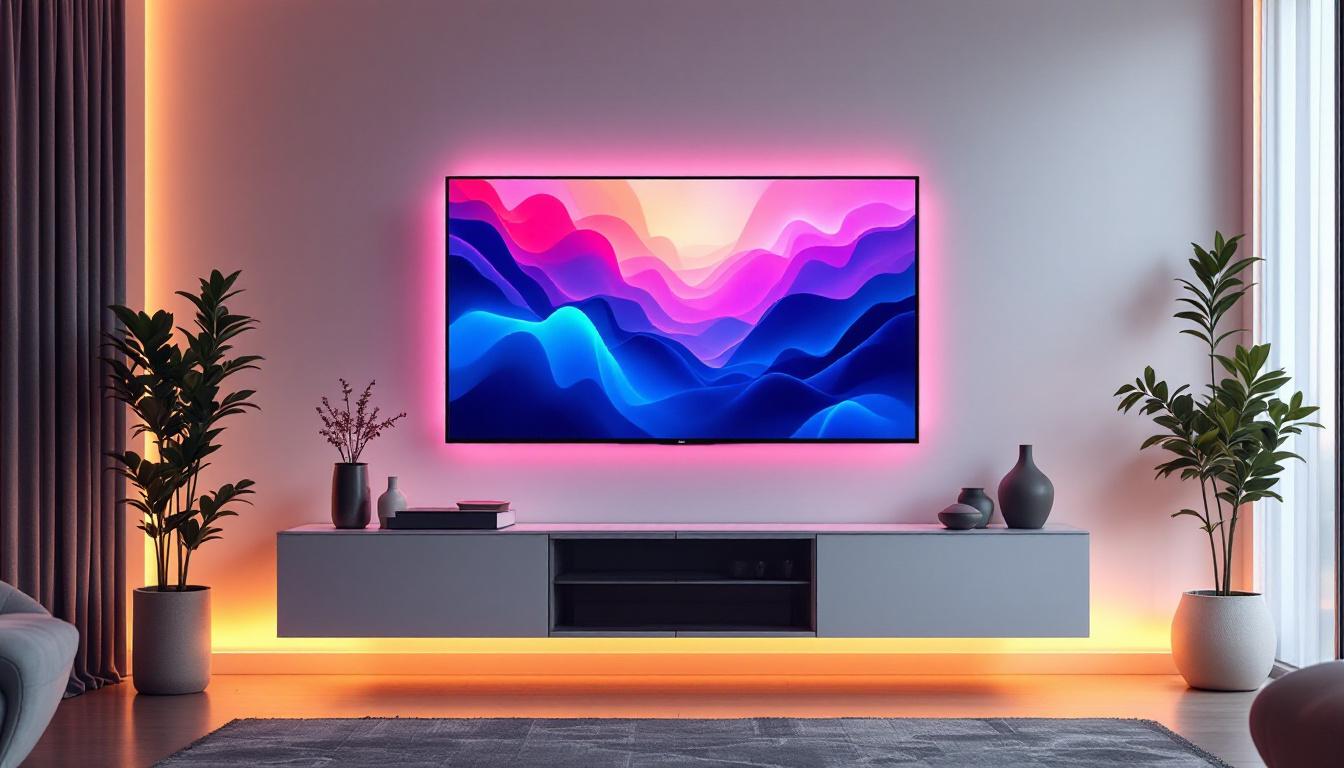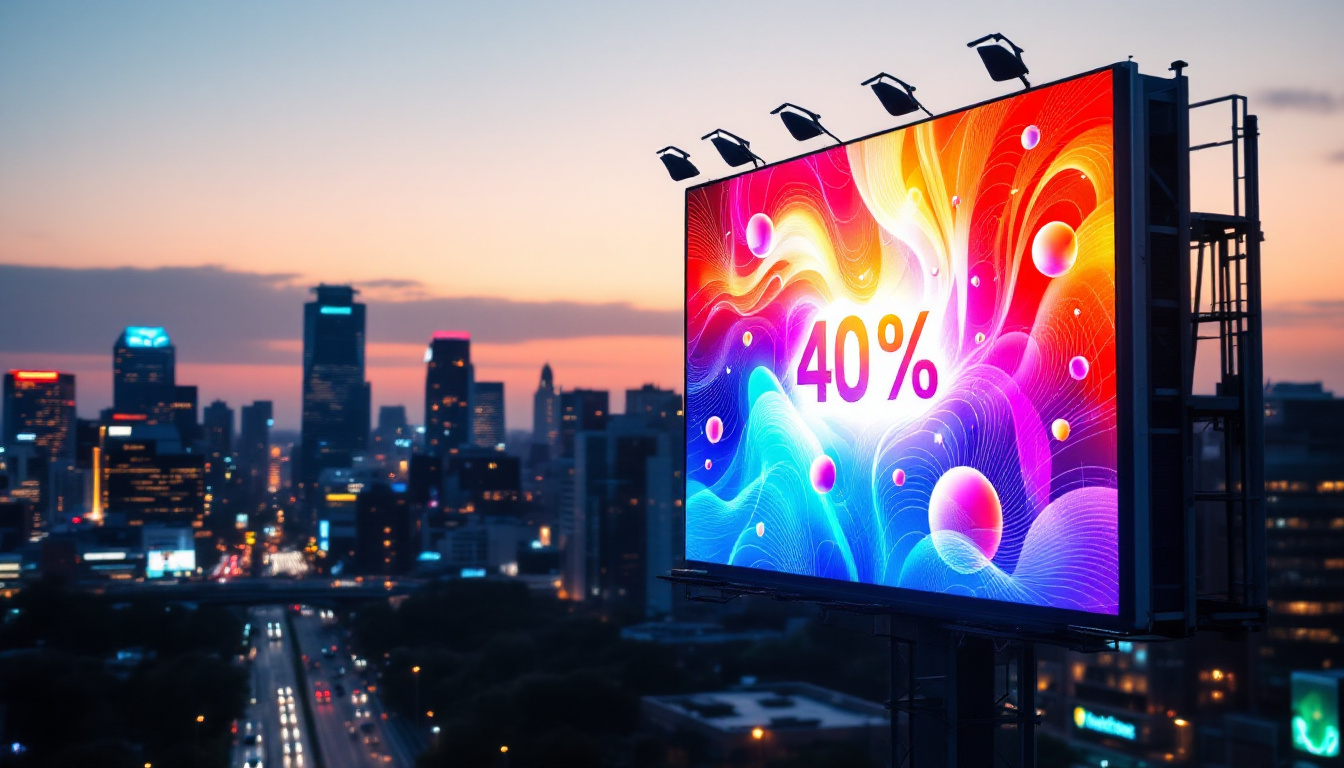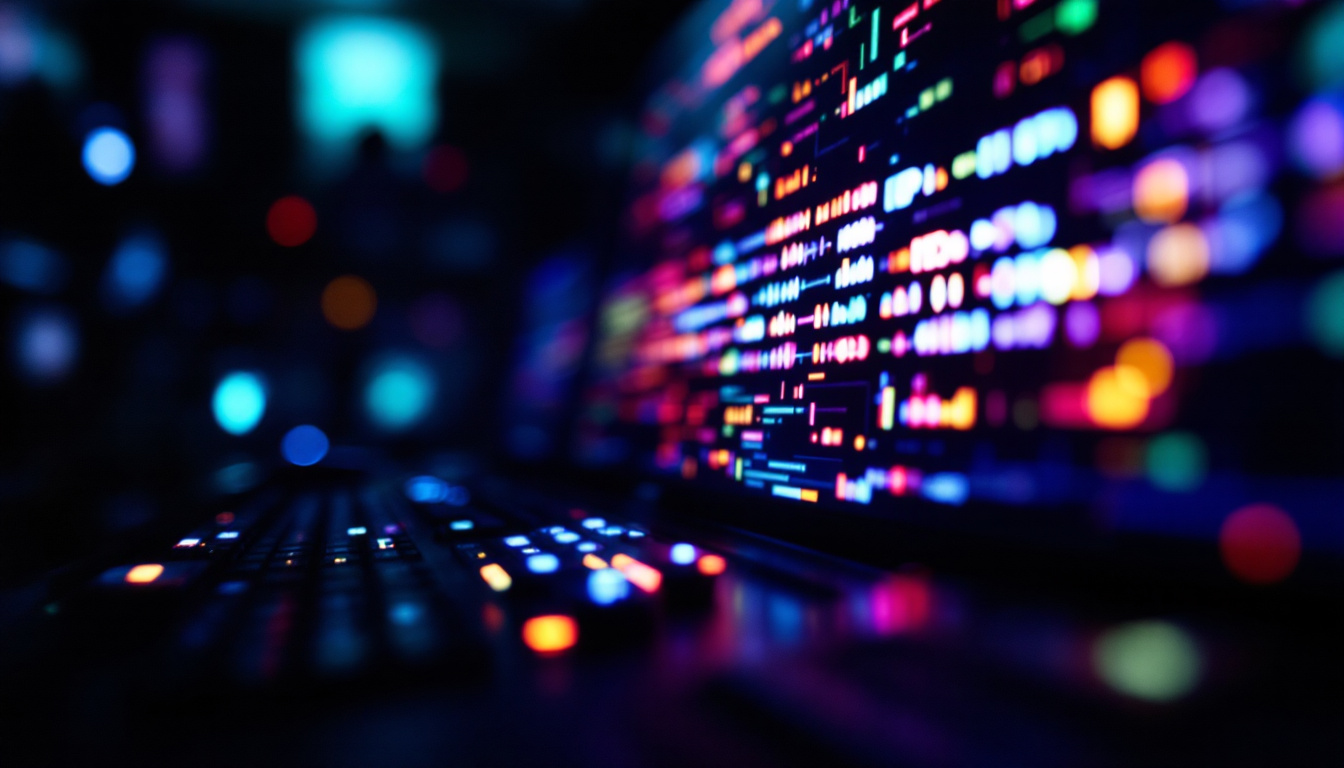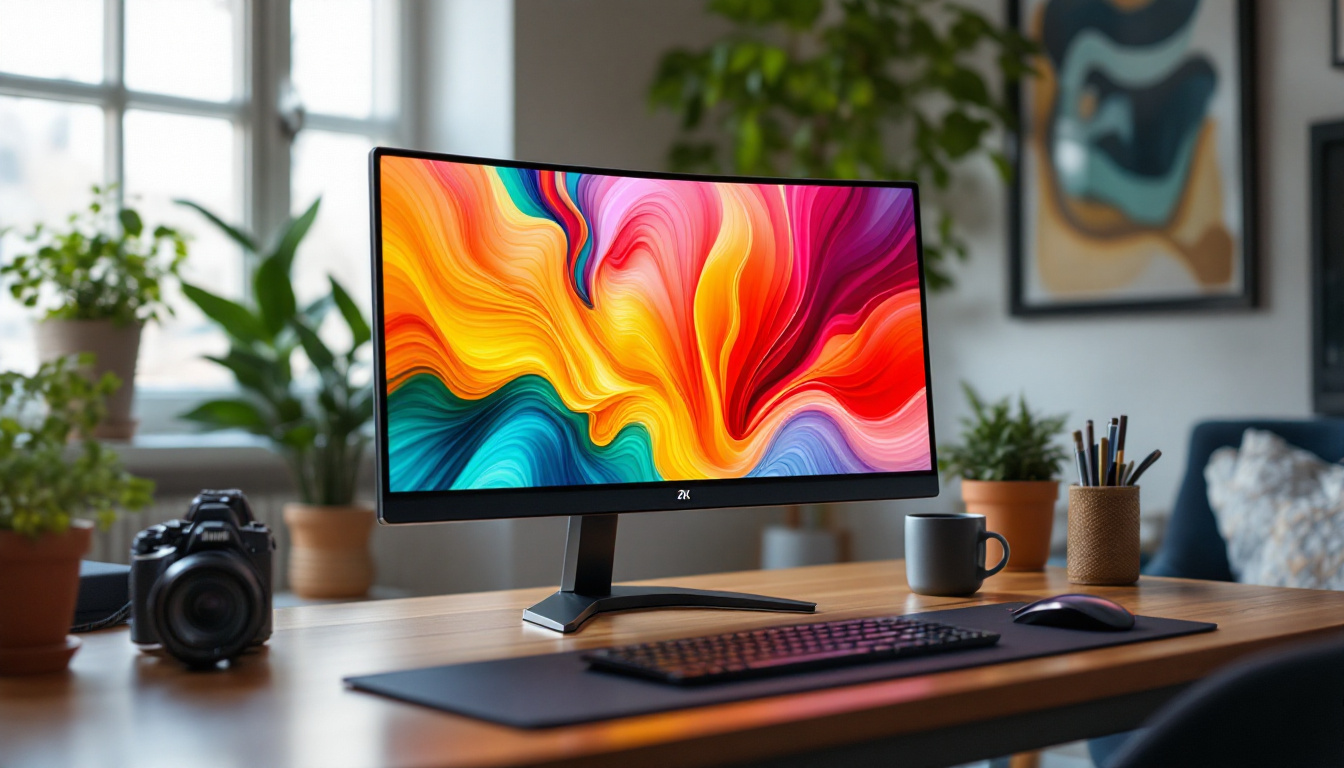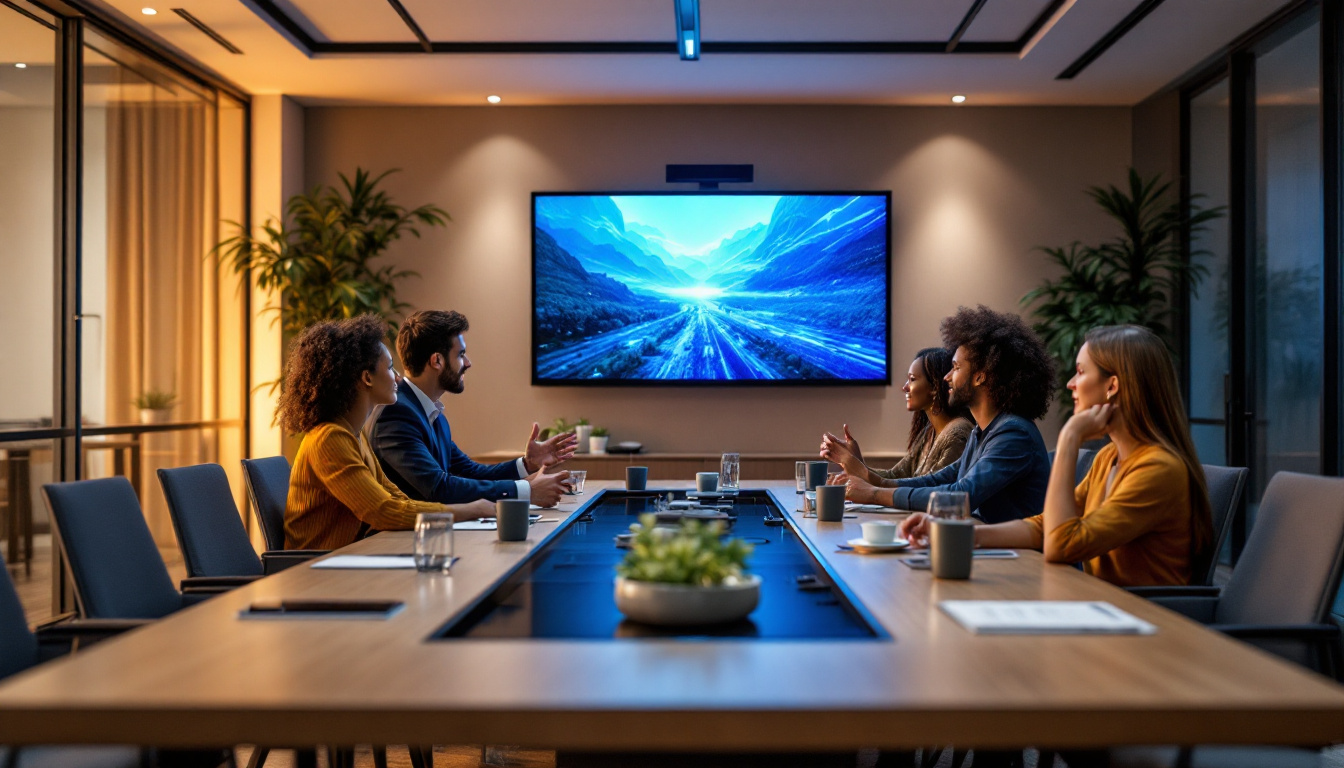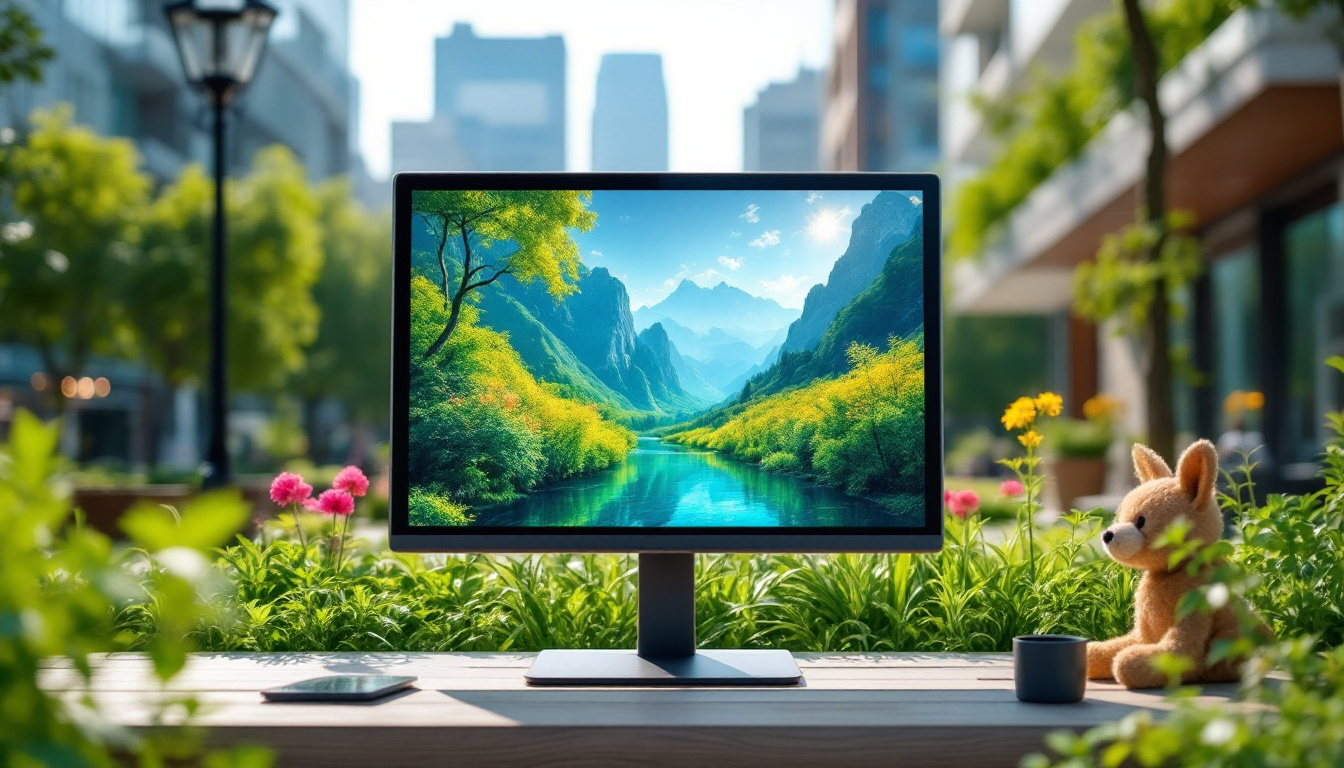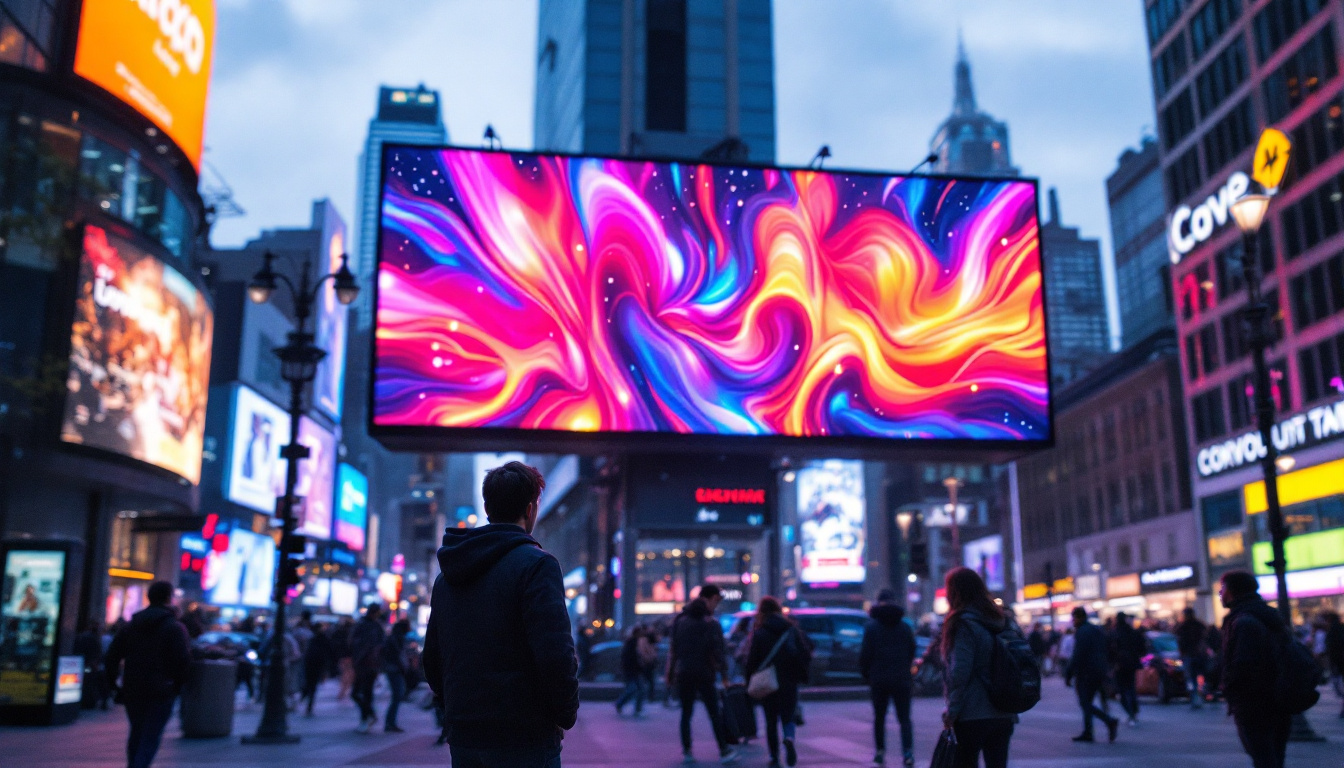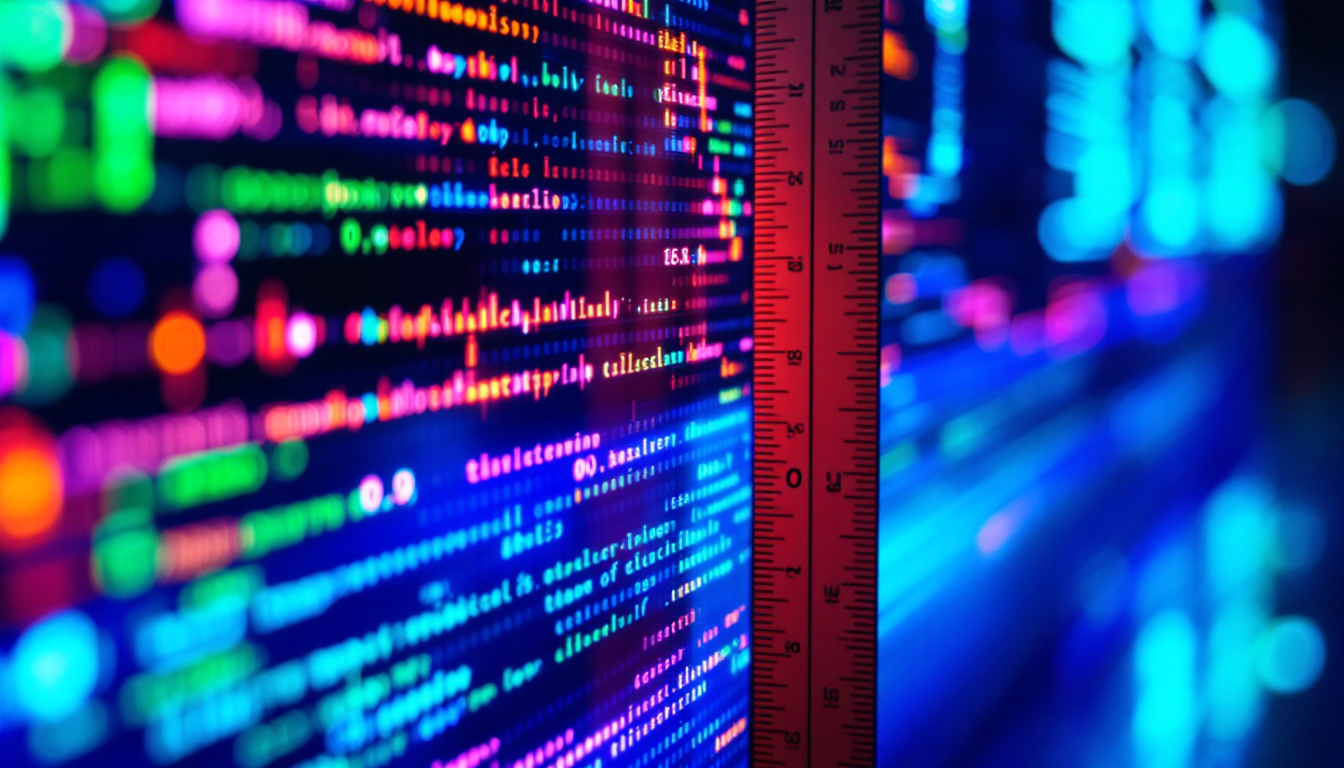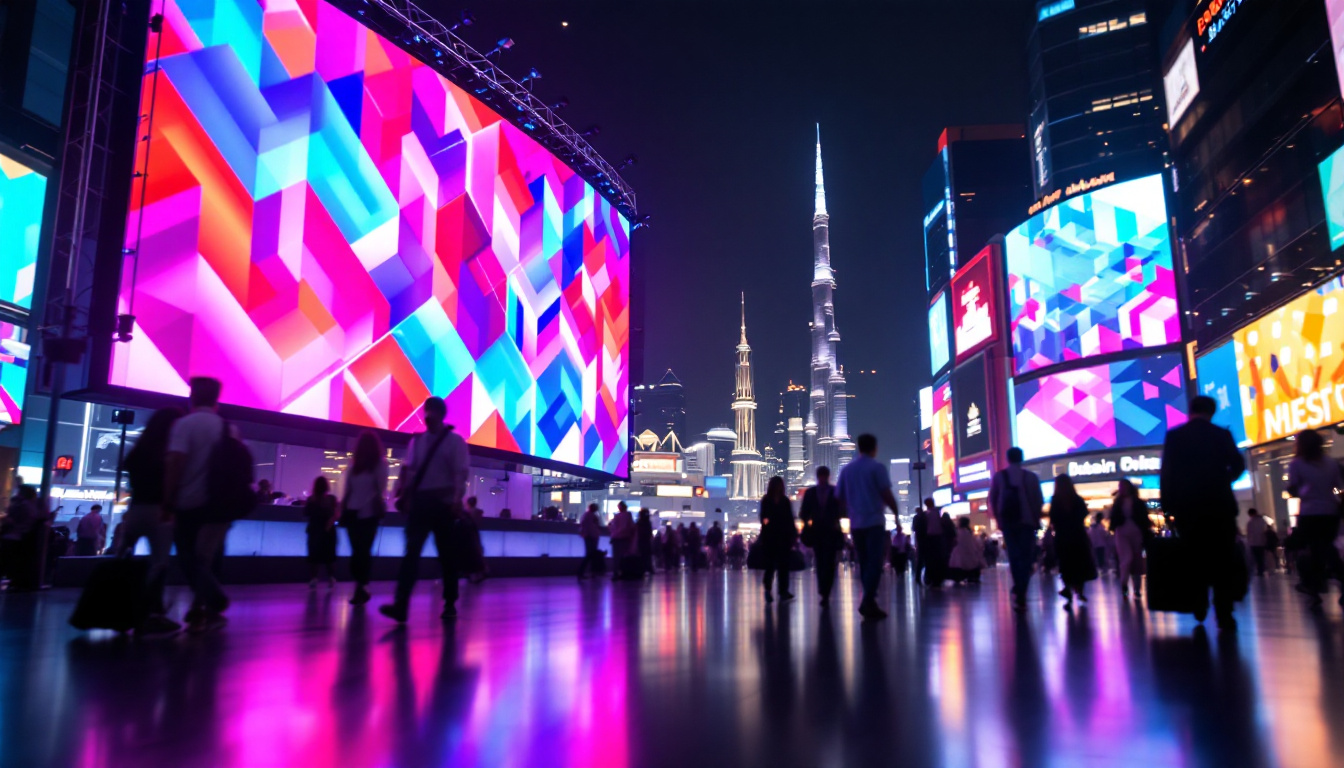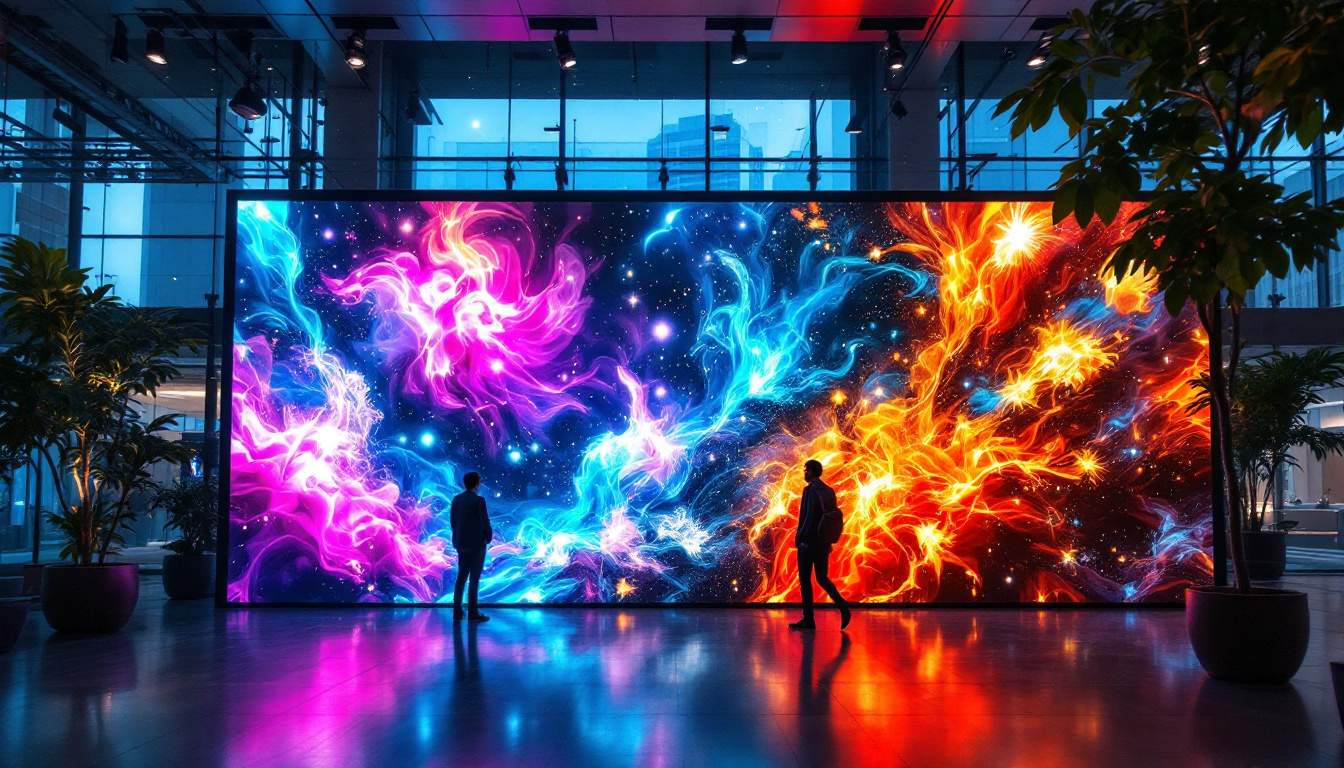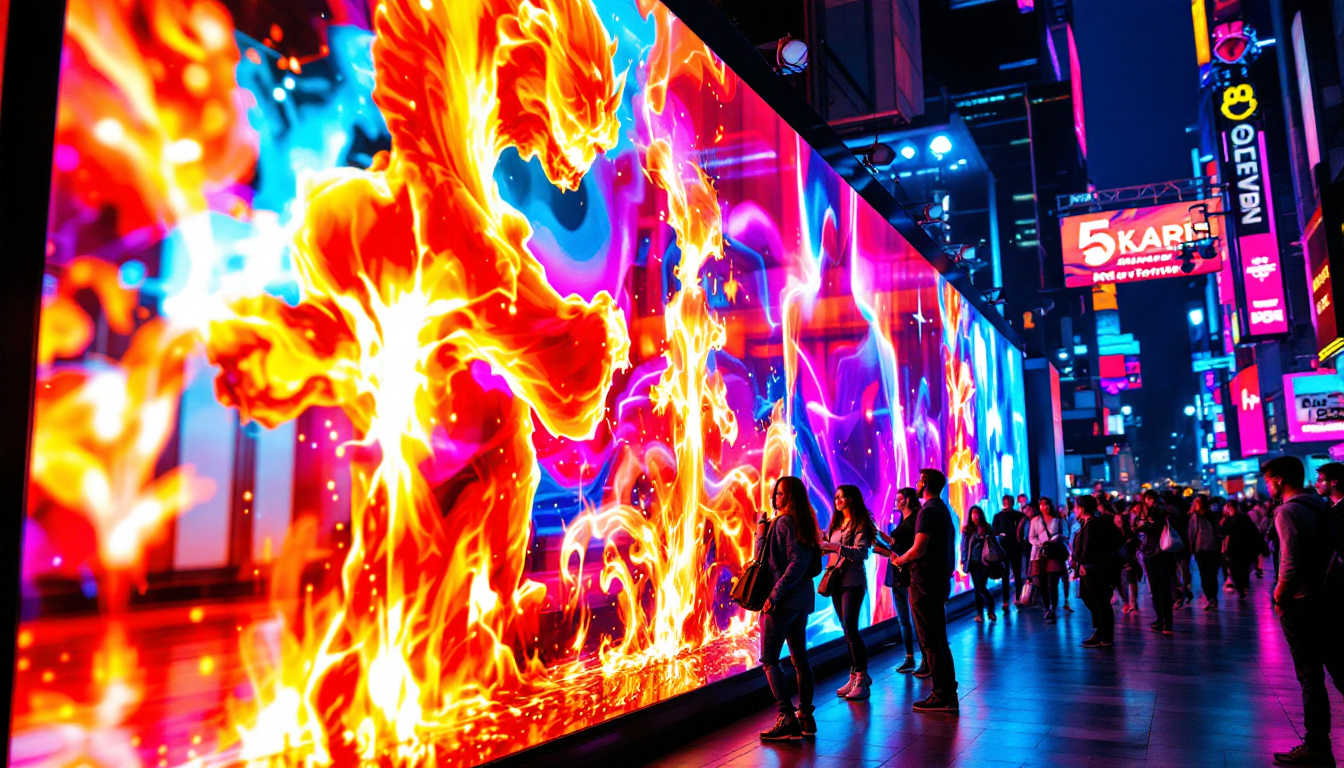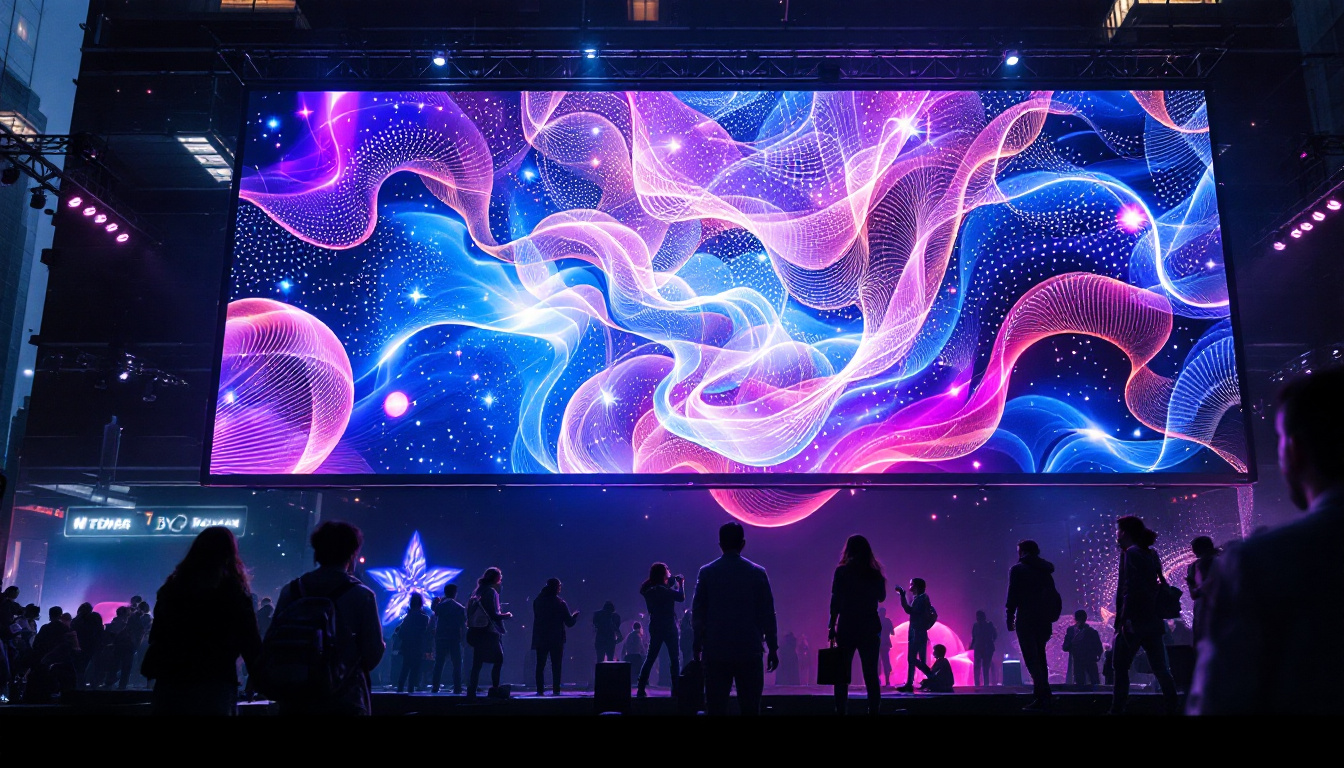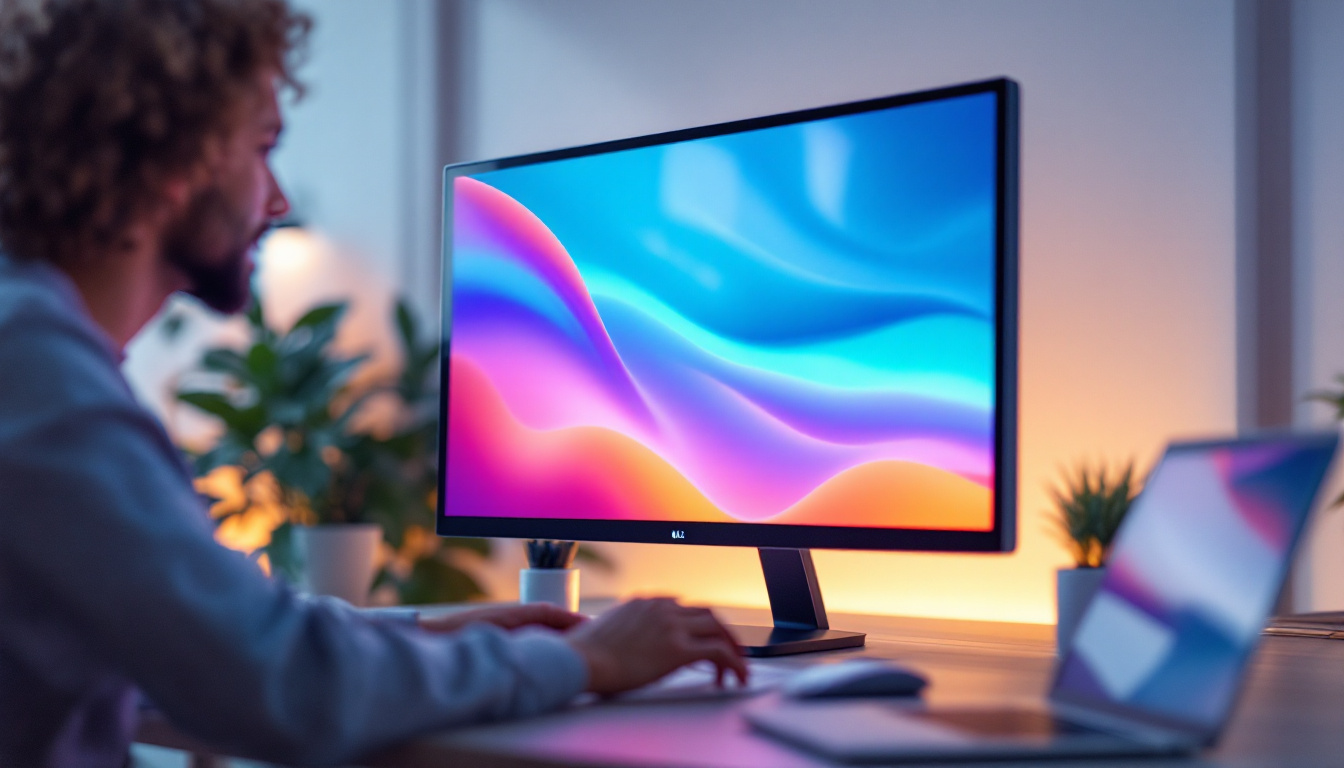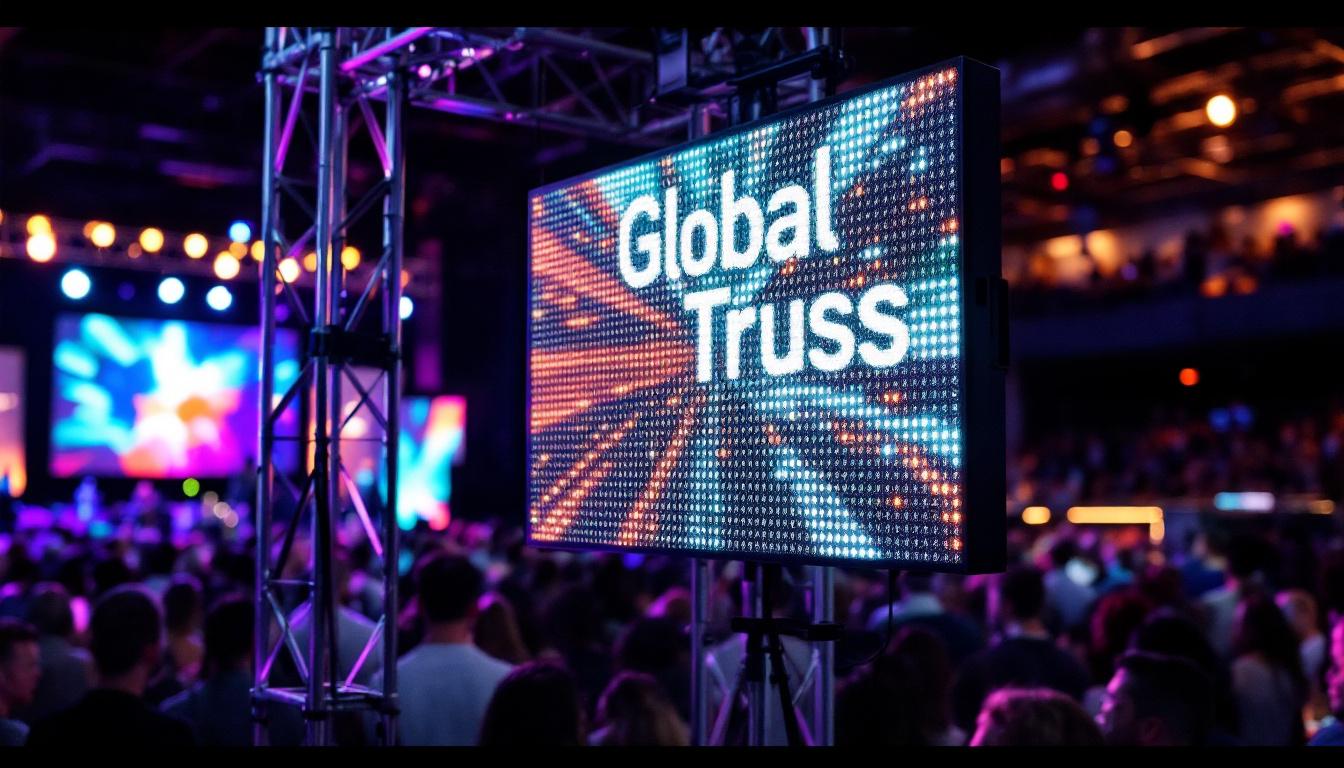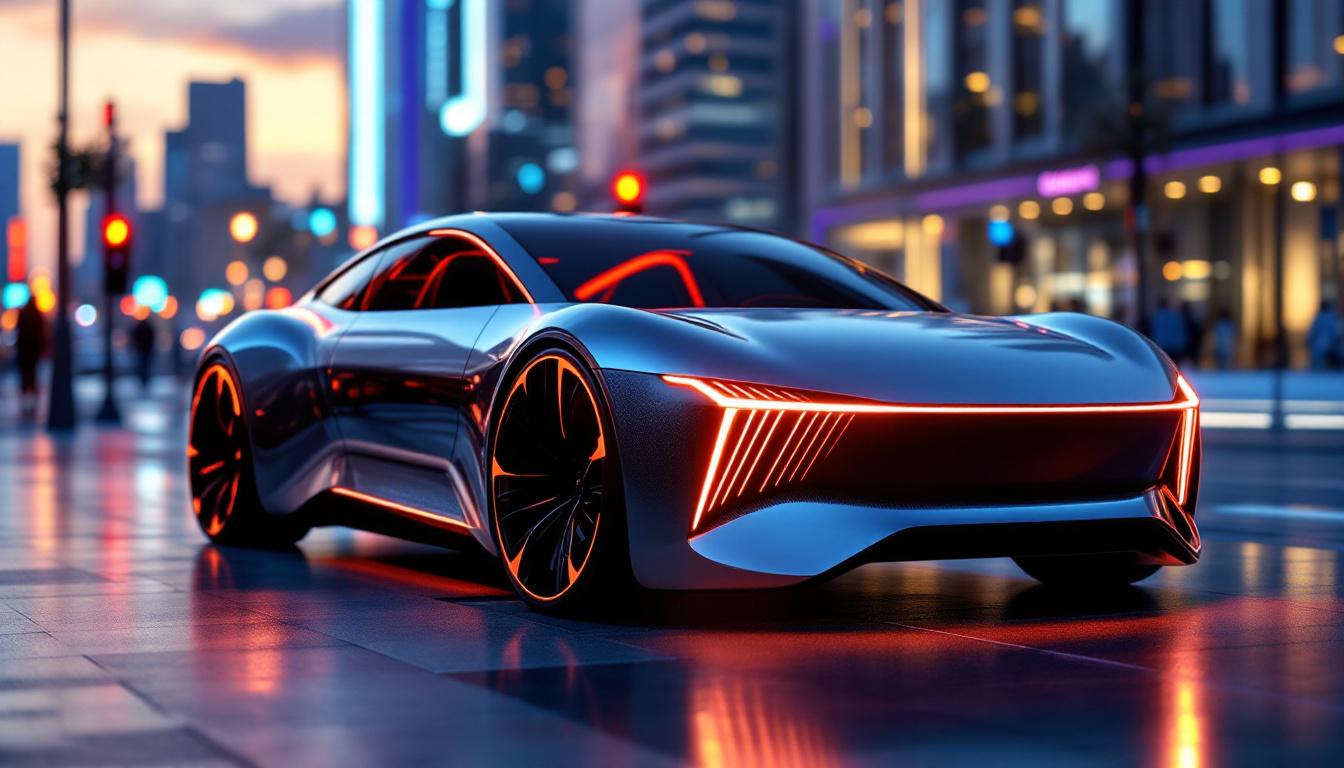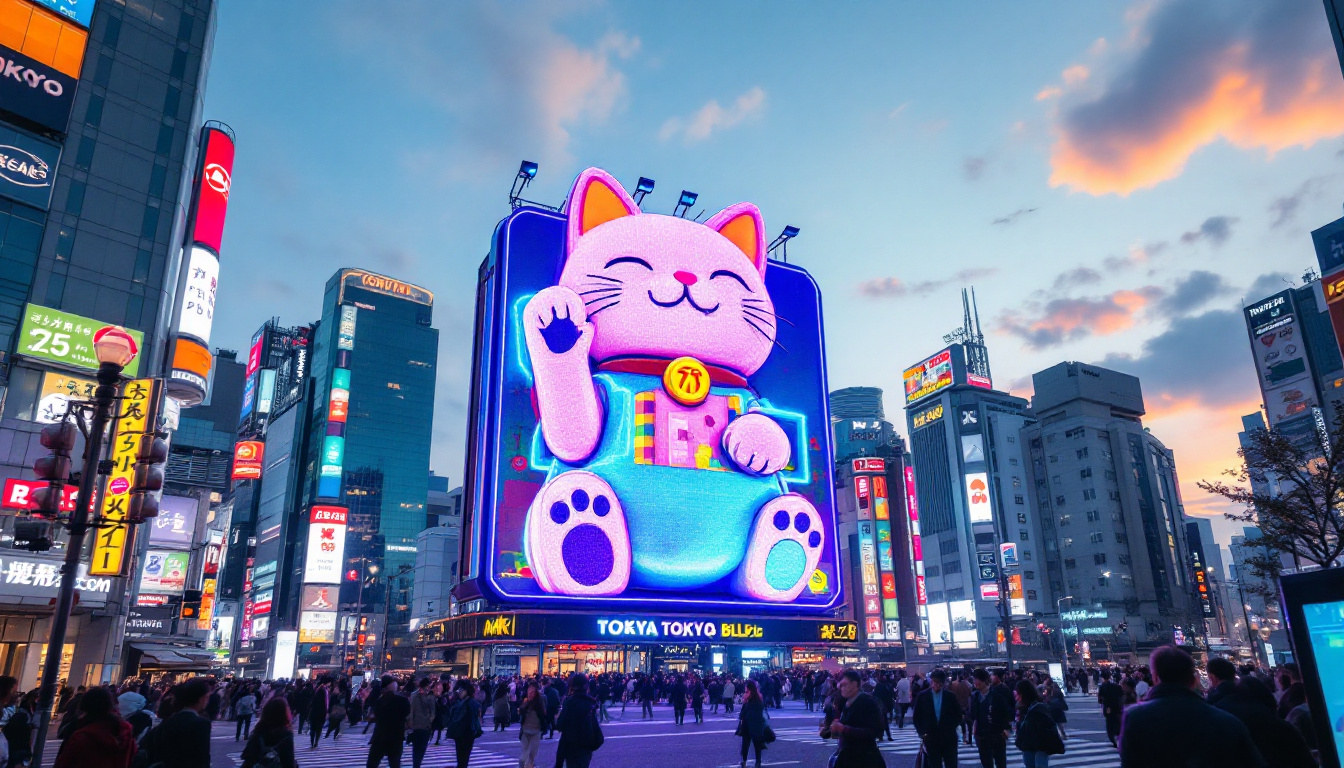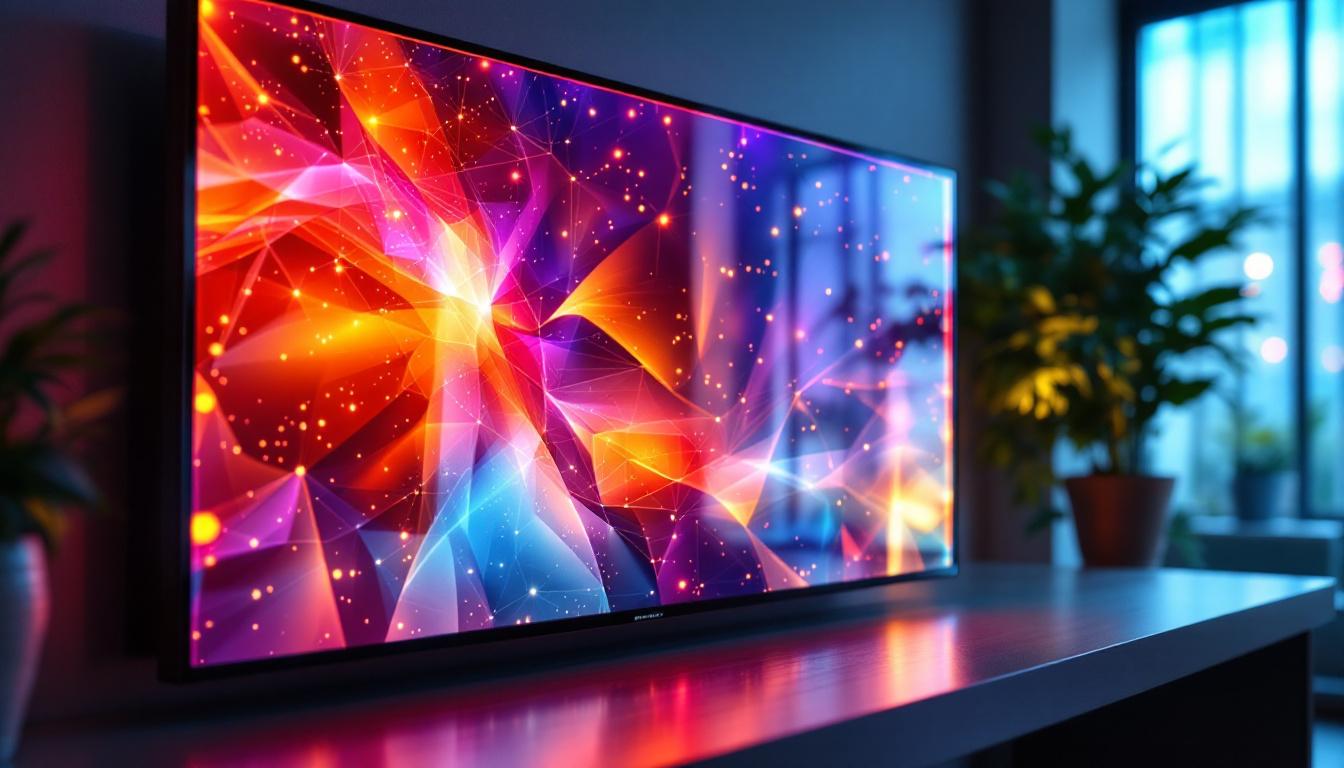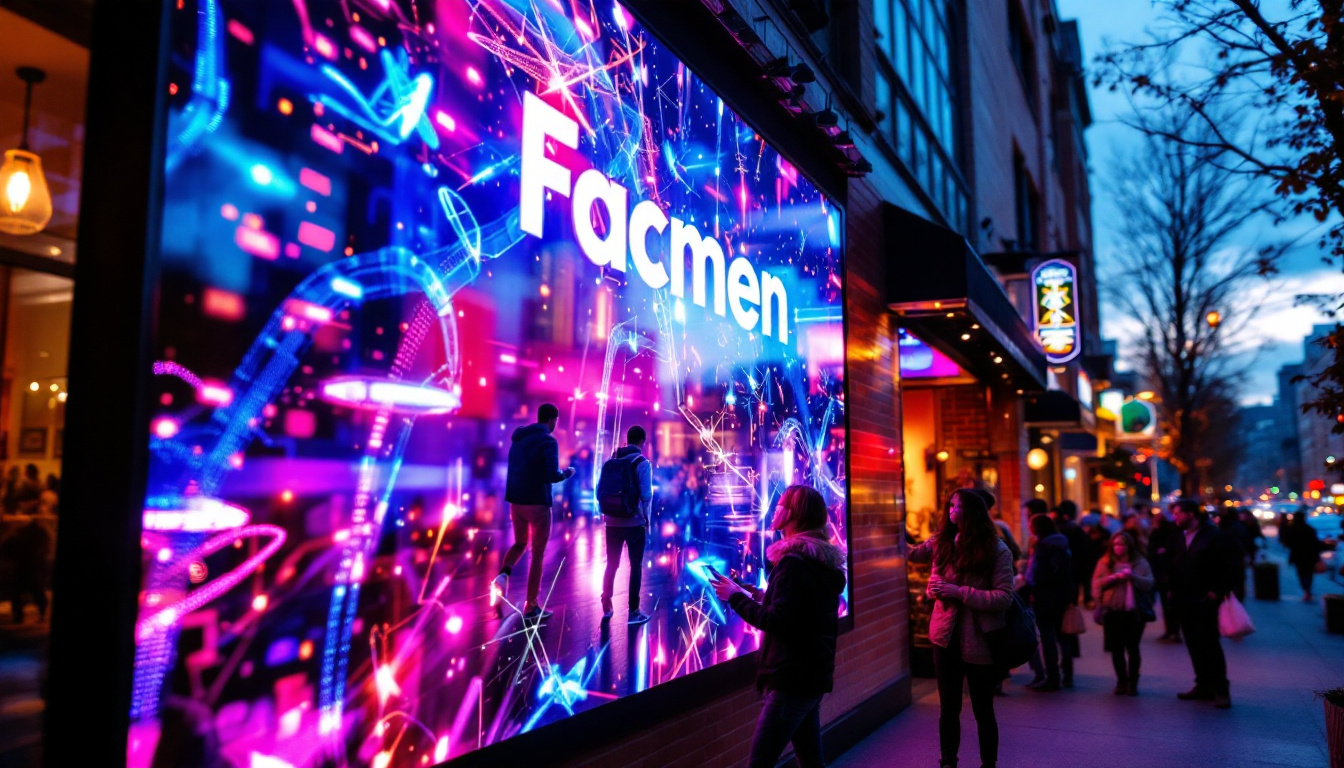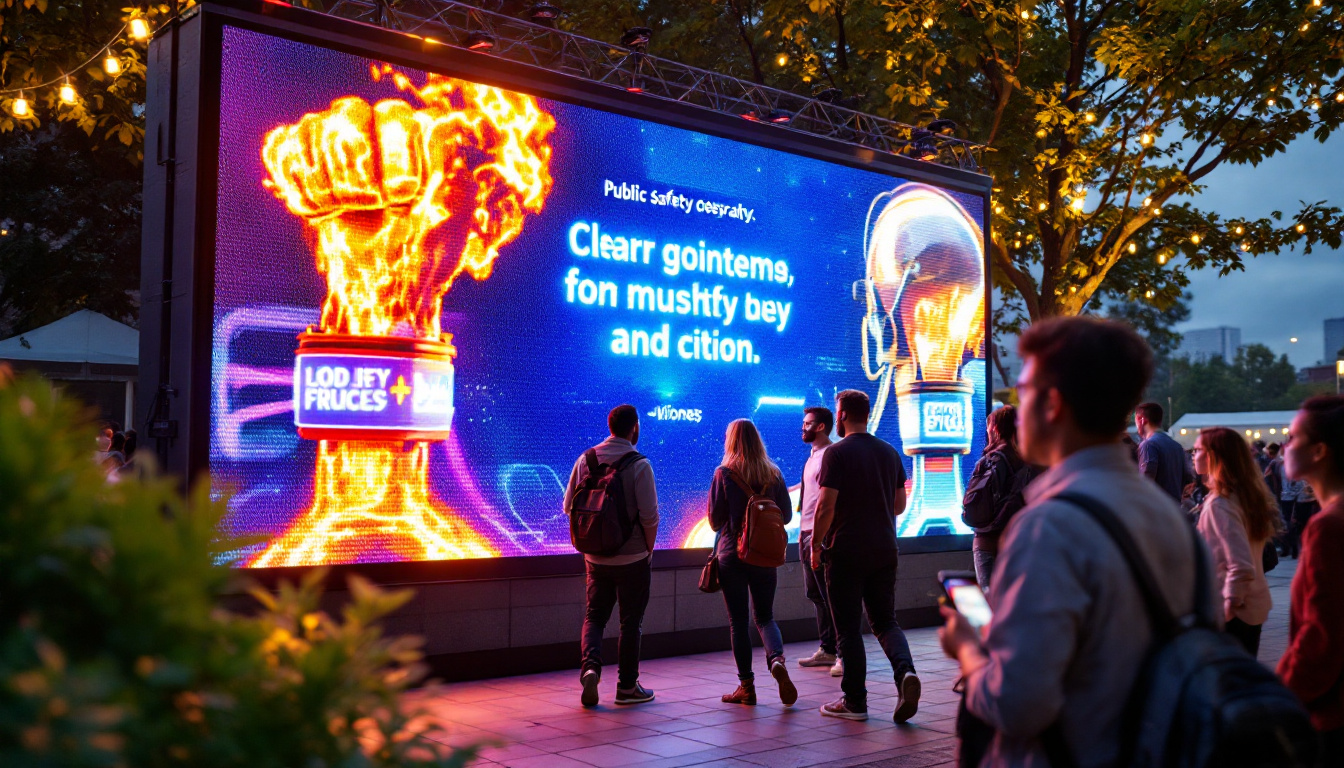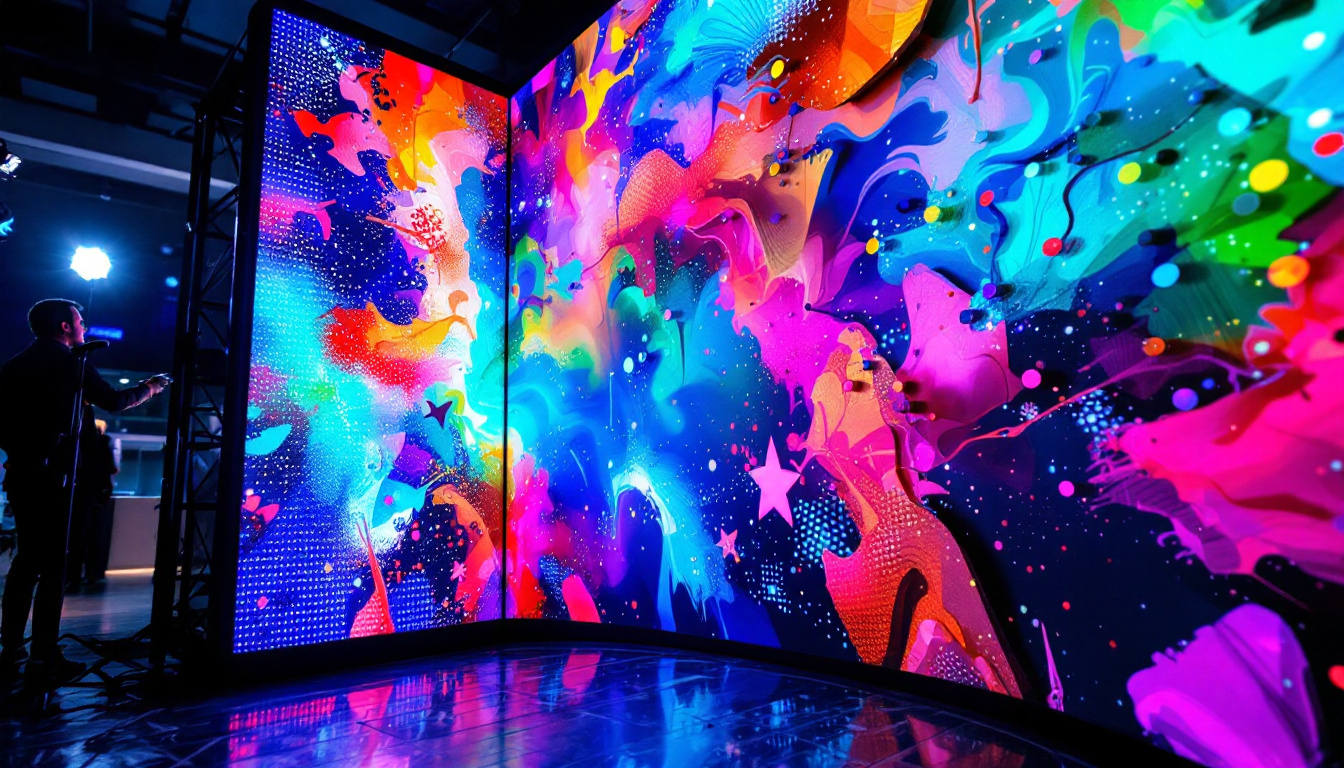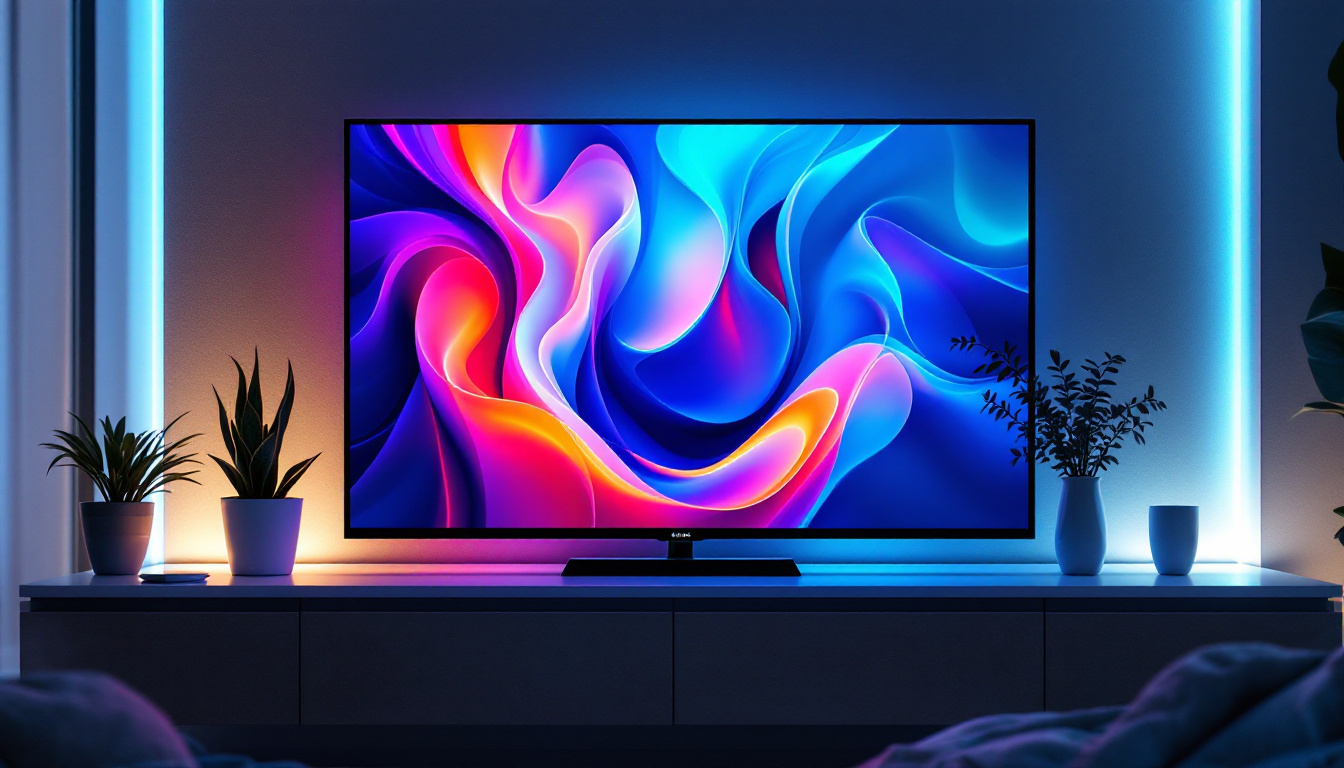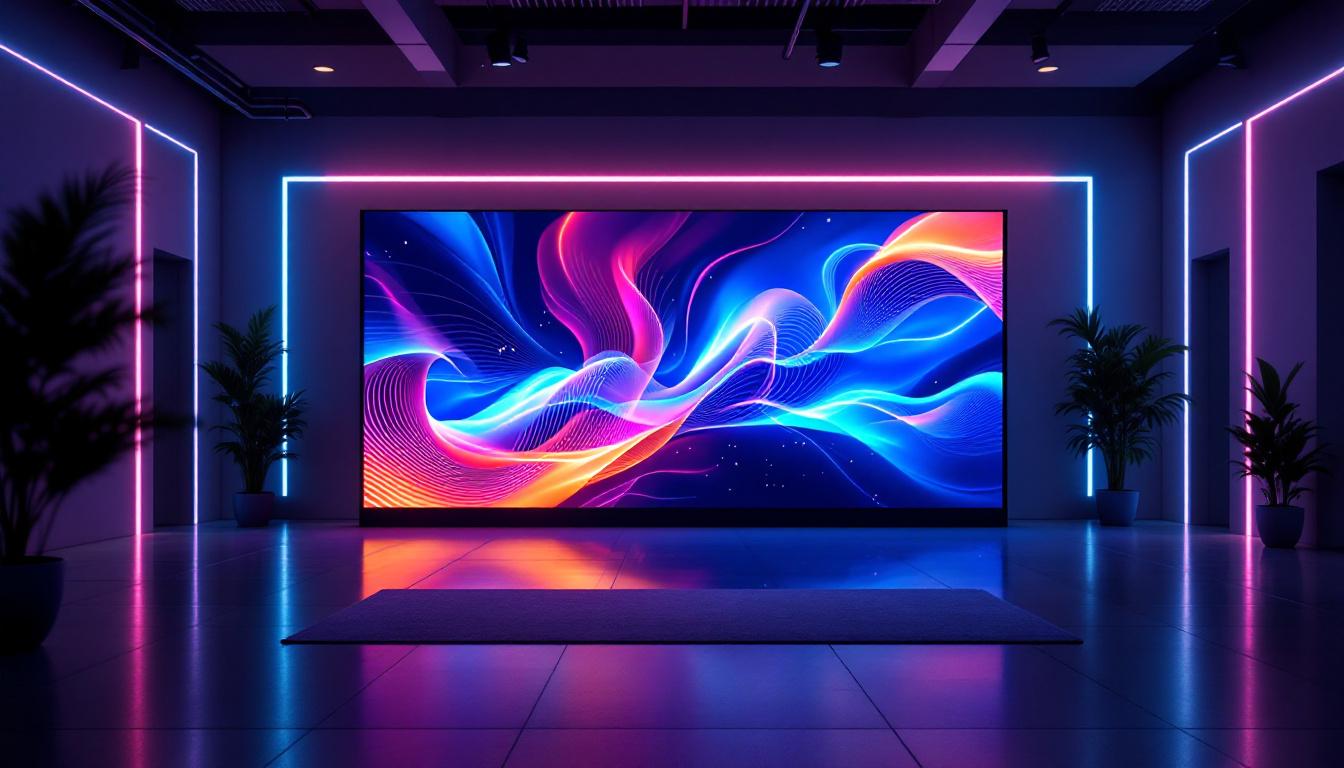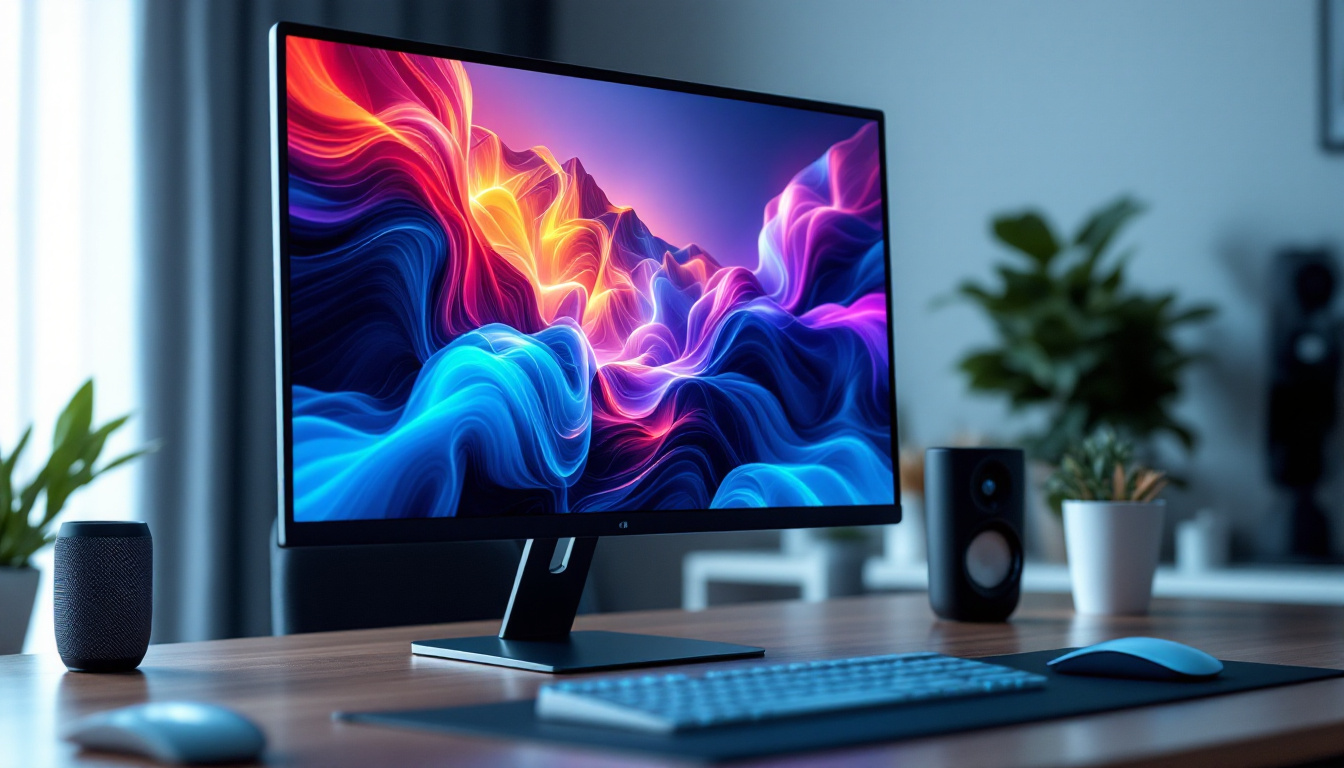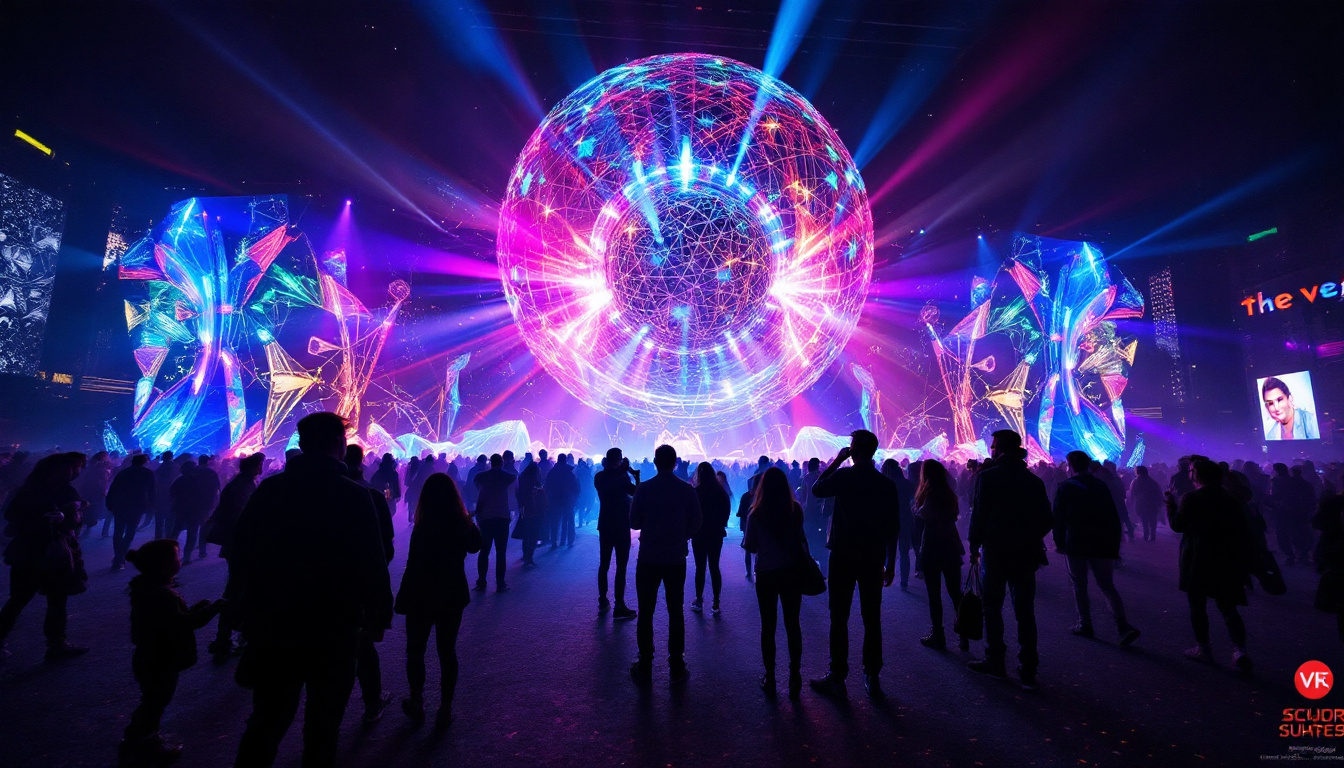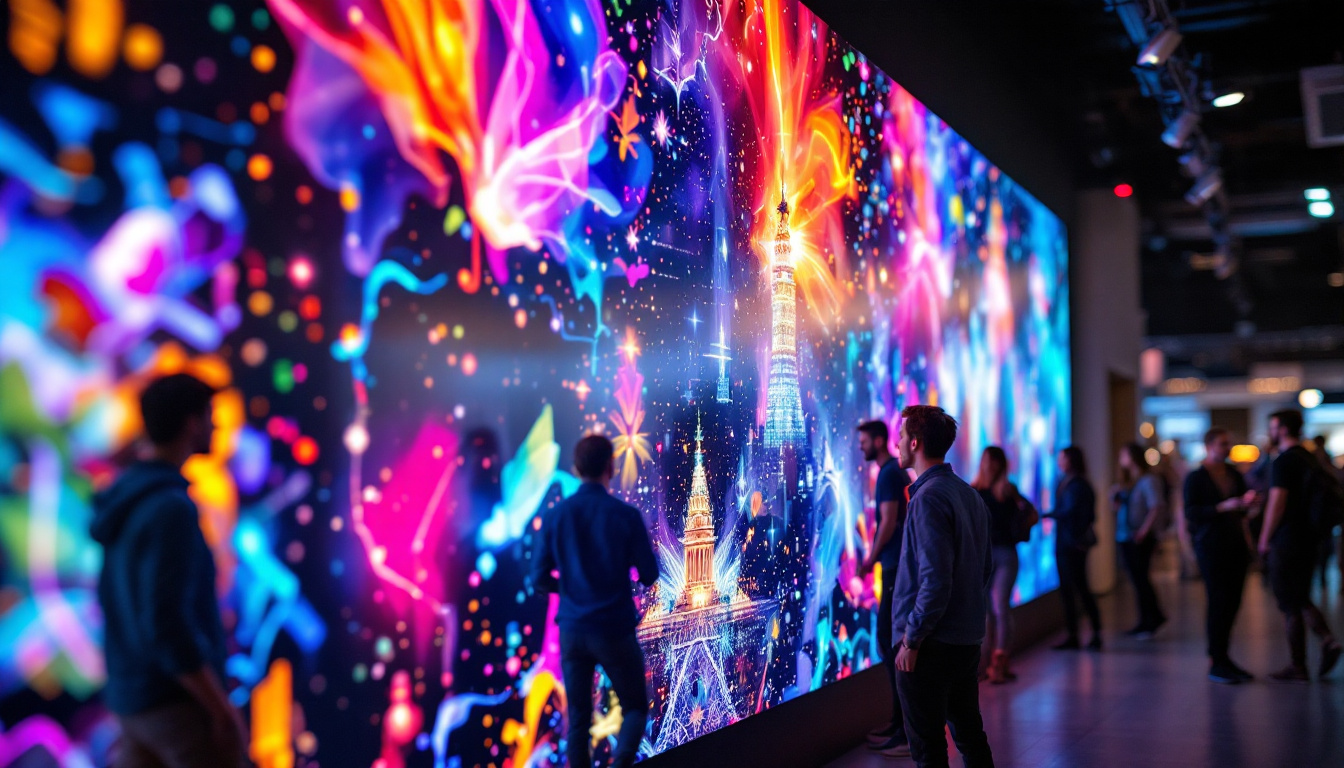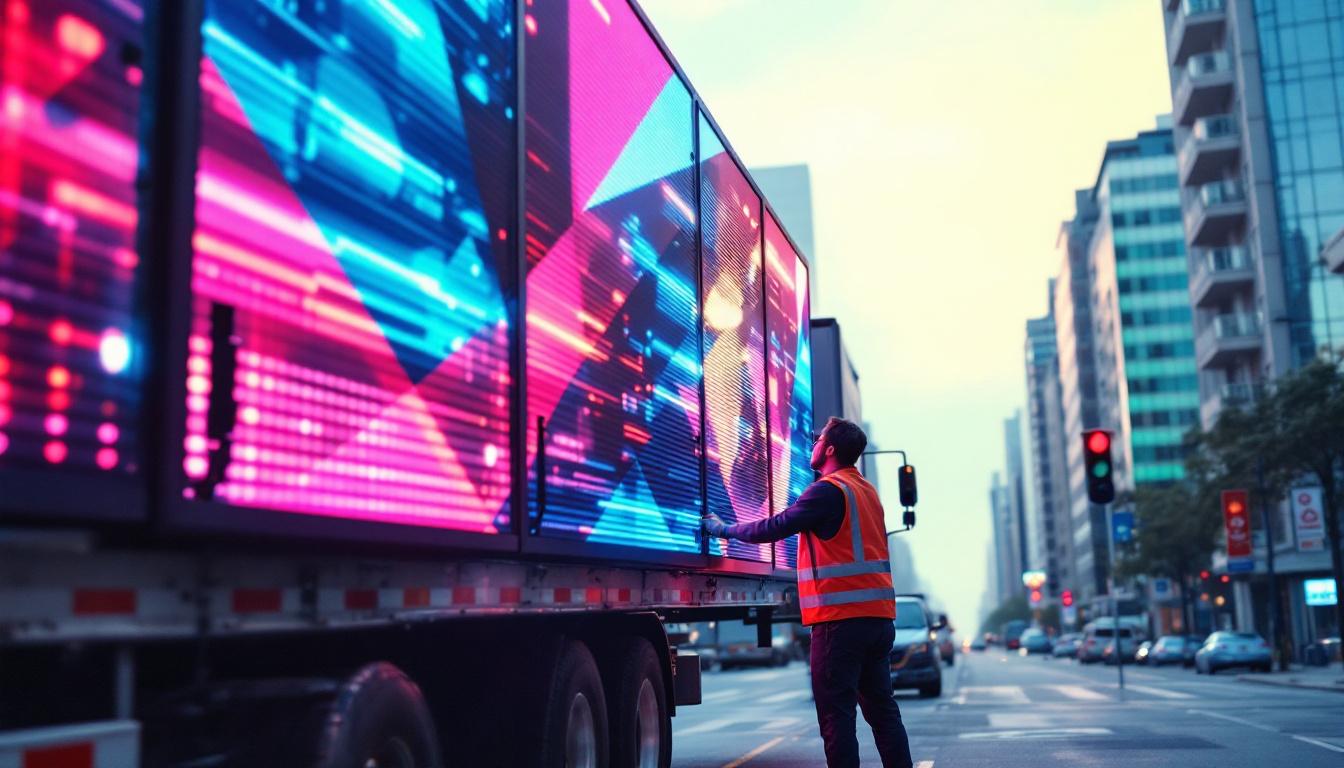Times Square, often referred to as “The Crossroads of the World,” is renowned for its vibrant atmosphere and iconic digital displays. Among these displays, the 3D billboards stand out, captivating millions of visitors with their stunning visuals and innovative technology. This article delves into the mechanics of these LED displays, exploring their design, functionality, and impact on advertising.
The Evolution of Billboards
Billboards have been a staple of advertising for over a century. From static images to dynamic digital displays, the evolution of this medium has been remarkable. The introduction of LED technology marked a significant turning point, allowing for more engaging and eye-catching advertisements.
The Transition to Digital
The shift from traditional billboards to digital formats began in the late 20th century. Digital billboards offered advertisers the flexibility to change their messages frequently, targeting specific audiences at different times of the day. This adaptability proved to be a game changer, enhancing the effectiveness of outdoor advertising.
As technology advanced, the quality of digital displays improved. High-definition screens became the norm, providing sharper images and vibrant colors. This transition paved the way for the development of 3D billboards, which take visual engagement to the next level.
The Introduction of 3D Technology
The introduction of 3D technology in billboard advertising has transformed the landscape of visual marketing. By utilizing advanced projection techniques and innovative design, advertisers can create stunning three-dimensional effects that captivate audiences. These displays not only attract attention but also enhance brand recall.
3D billboards leverage depth perception and visual tricks to create the illusion of three-dimensional objects. This technology has been particularly effective in Times Square, where the hustle and bustle of the crowd demands something extraordinary to stand out. The immersive experience of 3D billboards encourages passersby to stop and engage, often leading to social media shares and increased brand visibility. Additionally, the use of augmented reality (AR) in conjunction with 3D billboards is emerging, allowing viewers to interact with the advertisements through their smartphones. This interaction not only deepens consumer engagement but also provides valuable data to advertisers about audience preferences and behaviors.
As the competition for consumer attention intensifies, advertisers are continuously exploring innovative ways to utilize 3D technology. Some campaigns have even incorporated motion sensors, enabling the billboard to react to the movement of people nearby, further enhancing the viewer’s experience. This level of interactivity not only makes the advertisement memorable but also fosters a connection between the brand and its audience, making it a powerful tool in the ever-evolving world of advertising.
“`html
The Mechanics of 3D LED Displays
Understanding how 3D LED displays work requires a look at the technology behind them. These billboards combine various elements, including LED screens, specialized software, and creative design to produce eye-catching visuals.
LED Technology
LED (Light Emitting Diode) technology is at the heart of modern digital displays. LEDs are energy-efficient, long-lasting, and capable of producing bright, vivid colors. In 3D billboards, multiple layers of LEDs are often used to create depth and dimension.
The arrangement of LEDs plays a crucial role in achieving the 3D effect. By varying the intensity and color of the lights, designers can manipulate how the images appear to the viewer, creating a sense of depth that draws the eye. This intricate layering not only enhances the visual appeal but also allows for dynamic changes in the display, making it a versatile medium for storytelling.
Software and Animation
Behind every stunning 3D billboard is sophisticated software that controls the display. This software allows for complex animations and transitions, enabling advertisers to tell a story through their visuals. The animations are designed to engage viewers, often incorporating movement that enhances the 3D illusion.
Moreover, real-time data integration can be employed, allowing advertisers to tailor their messages based on factors such as weather, time of day, or audience demographics. This level of customization enhances the effectiveness of the advertising campaign, ensuring that the content remains relevant and timely. For example, a rainy day might prompt a display to showcase cozy indoor activities or products, effectively resonating with the current mood of passersby.
Design Considerations
Designing a 3D billboard involves a careful balance of creativity and technical expertise. Designers must consider the viewing angles, distance, and lighting conditions to ensure the 3D effects are effective from various perspectives.
Color contrast and image clarity are also paramount. A well-designed 3D billboard should not only look impressive but also convey the intended message clearly. The integration of branding elements, such as logos and taglines, must be seamless to maintain brand identity. Additionally, the choice of imagery and animation style can evoke specific emotions, making it essential for designers to align their creative vision with the brand’s message and target audience.
The Impact of 3D Billboards on Advertising
3D billboards have revolutionized the advertising landscape, offering brands a unique way to engage with consumers. Their impact can be seen in various aspects of marketing and consumer behavior.
Increased Engagement
One of the most significant advantages of 3D billboards is their ability to capture attention. In a world saturated with advertisements, standing out is essential. The immersive nature of 3D displays draws viewers in, encouraging them to stop and take notice.
Studies have shown that consumers are more likely to remember brands that utilize eye-catching visuals. The novelty of 3D technology creates a memorable experience, increasing the likelihood of brand recall long after the viewer has left the area. This heightened engagement can lead to increased foot traffic, as curious onlookers are often compelled to explore the brand further, whether by visiting a store or engaging with the brand online.
Encouraging Social Media Interaction
In today’s digital age, social media plays a critical role in advertising. 3D billboards often become social media sensations, with people eager to share their experiences online. This organic promotion can significantly amplify a brand’s reach, as users post photos and videos of the captivating displays.
Brands can leverage this trend by encouraging social media interaction through hashtags or contests. The viral nature of social media can turn a simple billboard into a global phenomenon, enhancing brand visibility and engagement. Furthermore, the integration of QR codes or AR features can provide viewers with additional layers of interaction, allowing them to access exclusive content or promotions directly from their smartphones, thus deepening their connection with the brand.
Demographic Targeting
3D billboards also allow for more precise demographic targeting. By analyzing foot traffic data and audience behavior, advertisers can tailor their messages to resonate with specific groups. This targeted approach increases the effectiveness of advertising campaigns, ensuring that the right message reaches the right audience at the right time.
For instance, a 3D billboard promoting a family-friendly event may be strategically placed near schools or parks during peak hours, maximizing its impact on the intended audience. Additionally, understanding the cultural context and preferences of the local demographic can further enhance the relevance of the advertisement, making it more likely to elicit a positive response from viewers.
Case Studies: Successful 3D Billboard Campaigns
Several brands have successfully utilized 3D billboards to create memorable advertising campaigns. These case studies highlight the effectiveness of this innovative medium.
Coca-Cola’s “Happiness Factory”
Coca-Cola launched a 3D billboard campaign featuring its “Happiness Factory” concept in Times Square. The display showcased animated characters and vibrant visuals that brought the brand’s message of joy and togetherness to life. The 3D effects created an immersive experience, captivating passersby and encouraging them to engage with the brand.
The campaign not only increased foot traffic to nearby Coca-Cola retail locations but also generated significant social media buzz, with users sharing their experiences and photos of the display. The clever use of interactive elements, such as a digital counter that displayed the number of smiles generated, further engaged viewers and reinforced the brand’s core message of spreading happiness.
Nike’s “Just Do It” Campaign
Nike utilized a 3D billboard to promote its “Just Do It” campaign, featuring dynamic visuals of athletes in action. The billboard’s design incorporated 3D elements that made the athletes appear to leap off the screen, creating a sense of motion and excitement.
This campaign resonated with Nike’s target audience, inspiring them to embrace an active lifestyle. The combination of stunning visuals and a motivational message resulted in increased brand engagement and sales. Additionally, the strategic placement of the billboard in high-traffic areas frequented by fitness enthusiasts ensured that the message reached those most likely to be inspired by it, amplifying its effectiveness.
The Future of 3D Billboards
The future of 3D billboards looks promising, with advancements in technology paving the way for even more innovative displays. As the demand for engaging advertising continues to grow, brands will seek new ways to capture consumer attention.
Integration of Augmented Reality
One of the most exciting developments on the horizon is the integration of augmented reality (AR) with 3D billboards. AR technology allows viewers to interact with digital content in real time, creating an immersive experience that blurs the line between the physical and digital worlds.
Imagine standing in front of a 3D billboard and using your smartphone to unlock additional content or experiences. This level of interactivity can enhance consumer engagement, making advertisements more memorable and impactful. For example, a viewer might point their device at a 3D billboard to see a virtual character come to life, providing a unique and personalized experience that traditional billboards simply cannot offer.
Sustainability Considerations
As environmental concerns continue to rise, the advertising industry is increasingly focusing on sustainability. Future 3D billboards may incorporate eco-friendly materials and energy-efficient technologies, reducing their carbon footprint while still delivering stunning visuals.
Brands that prioritize sustainability in their advertising efforts may resonate more with environmentally conscious consumers, creating a positive brand image and fostering customer loyalty. Moreover, the use of solar-powered displays or recyclable components can further enhance a brand’s commitment to sustainability, making it a key selling point in their marketing strategy.
“`
“`html
Illuminate Your Brand with LumenMatrix
As you’ve seen, 3D LED billboards are the future of outdoor advertising, offering unparalleled engagement and a memorable brand experience. LumenMatrix stands at the forefront of this revolution, providing a vast array of LED display solutions tailored to meet your unique marketing needs. From Indoor and Outdoor LED Walls to innovative Transparent Displays, our mission is to empower your brand to shine in the bustling urban canvas. Check out LumenMatrix LED Display Solutions and let us help you create a visual spectacle that captivates and resonates with your audience.
“`

